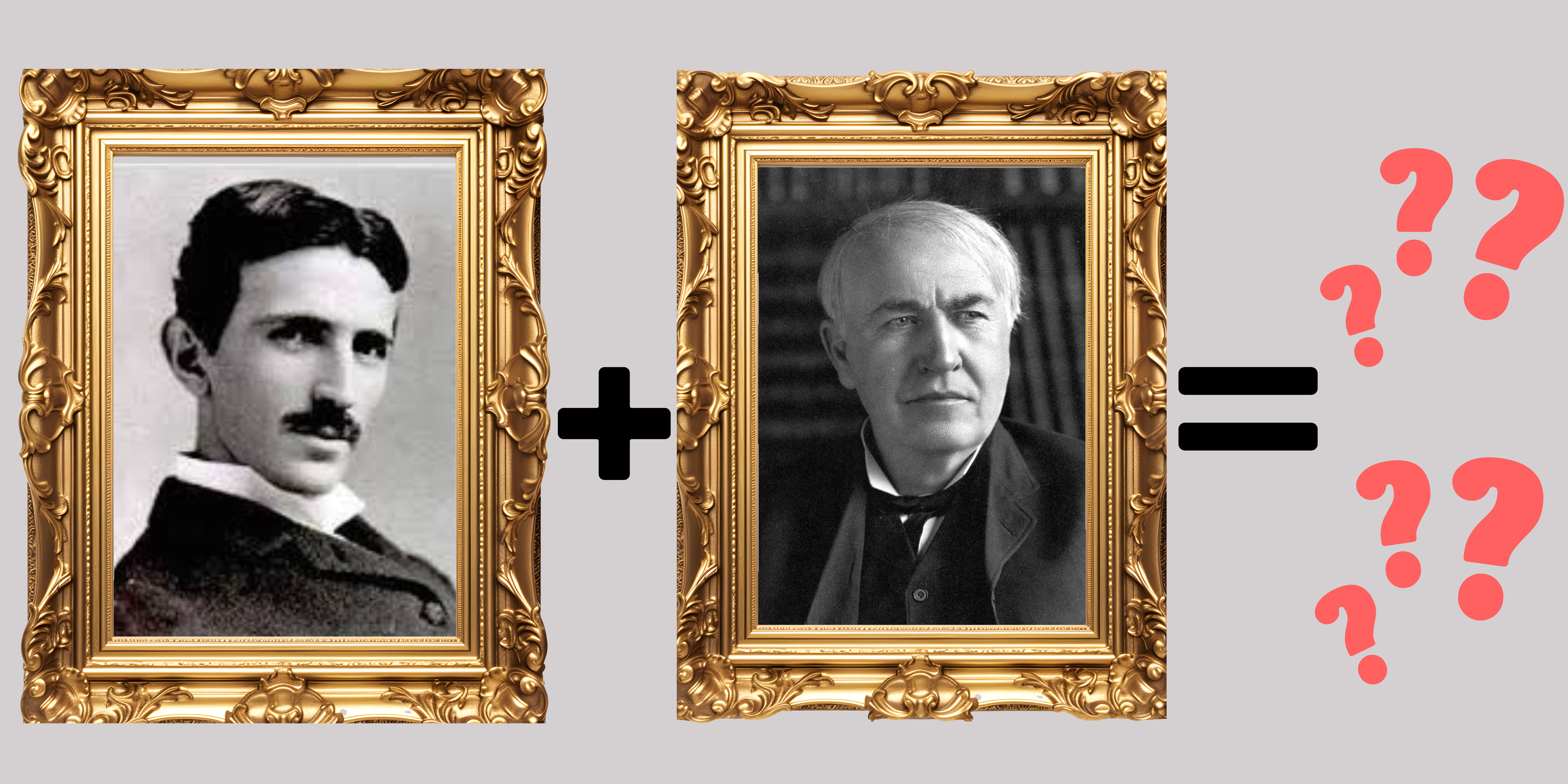
More than a century ago, the debate between Nikola Tesla and Thomas Edison over how electricity should be delivered shaped the future of the modern power grid. Tesla’s alternating current (AC) ultimately won over Edison’s direct current (DC), largely because of its ability to efficiently transmit power over long distances. But today, with the rise of Distributed Energy Resources (DERs), we find a fascinating convergence of their once-competing visions.
Tesla championed efficiency and large-scale solutions, while Edison’s vision leaned toward localized, decentralized energy. In the age of DERs, both these approaches are harmonized to meet the needs of a rapidly evolving energy landscape.
Tesla’s Grand Vision and Modern Grid Efficiency
Tesla’s dream of transmitting electricity over long distances led to the creation of the AC grid, allowing power plants to deliver electricity to far-flung areas. His work laid the foundation for the centralized power system we still largely use today. Tesla believed that electricity should be universally available, and he was relentless in pursuing the most efficient methods to deliver it.
However, as we integrate renewable energy sources, such as solar and wind, Tesla’s efficiency-driven mindset continues to resonate. Modern smart grids and energy storage systems are fulfilling Tesla’s quest for optimized, efficient power delivery. DERs, with their ability to be scaled, managed, and integrated seamlessly, represent the next step in Tesla’s vision—taking advantage of new technologies to make energy even more efficient and universally accessible.
Edison’s Localized Vision Finds New Life
While Tesla focused on large-scale transmission, Edison initially advocated for localized, small power stations that would serve specific neighborhoods. Ironically, this concept has re-emerged in the form of DERs, which allow individuals, businesses, and communities to generate their own power through solar panels, battery storage, and microgrids.
Edison’s decentralized energy idea, which was ultimately sidelined by the efficiency of Tesla’s AC system, is now a key principle of distributed generation. DERs give consumers control over their energy, reduce dependence on large power plants, and contribute to grid resilience—ideas that align with Edison’s original vision of energy produced closer to the point of use.
Where Their Visions Converge
DERs represent the convergence of Tesla and Edison’s philosophies. On one hand, Tesla’s relentless pursuit of efficiency is reflected in how DERs interact with smart grids, ensuring that energy from renewables is used efficiently, stored when necessary, and deployed in a balanced manner across the grid. On the other hand, Edison’s dream of localized power generation comes alive with every rooftop solar panel, battery storage system, and microgrid.
In a modern energy system powered by DERs, we have the ability to:
- Optimize power flows, reduce waste, and ensure resilience—just as Tesla might have envisioned.
- Generate power locally and give consumers greater autonomy over their energy usage, much like Edison had hoped.
While Tesla and Edison were famously at odds, their competing visions are not mutually exclusive. In fact, the ongoing integration of DERs into the U.S. energy grid showcases how both large-scale grid efficiency and local power generation can work in tandem, rather than in conflict.
The Modern Energy Revolution
In states like California, which leads the nation in DER adoption, we see how these two visions play out in harmony. Tesla’s drive for efficiency and large-scale grid infrastructure supports the management and distribution of energy generated locally through DERs. Meanwhile, Edison’s localized energy model is embodied in the way communities and individuals are taking energy generation into their own hands.
As grid technologies like smart meters, energy storage systems, and automated grid controls become more sophisticated, DERs are not just a continuation of Tesla’s innovations or Edison’s localized dream—they are the next evolution in energy, blending the best of both worlds.
In conclusion, the rise of DERs demonstrates that the future of energy is not about choosing between Tesla or Edison’s ideas but rather merging them into a unified, modern energy system that balances efficiency with resilience, and centralization with decentralization. Today’s grid is where Tesla’s efficiency meets Edison’s decentralized control, creating a dynamic energy system that serves the needs of the 21st century. Just as their inventions shaped the past, their philosophies continue to illuminate the path forward for a cleaner, more adaptable energy future.
